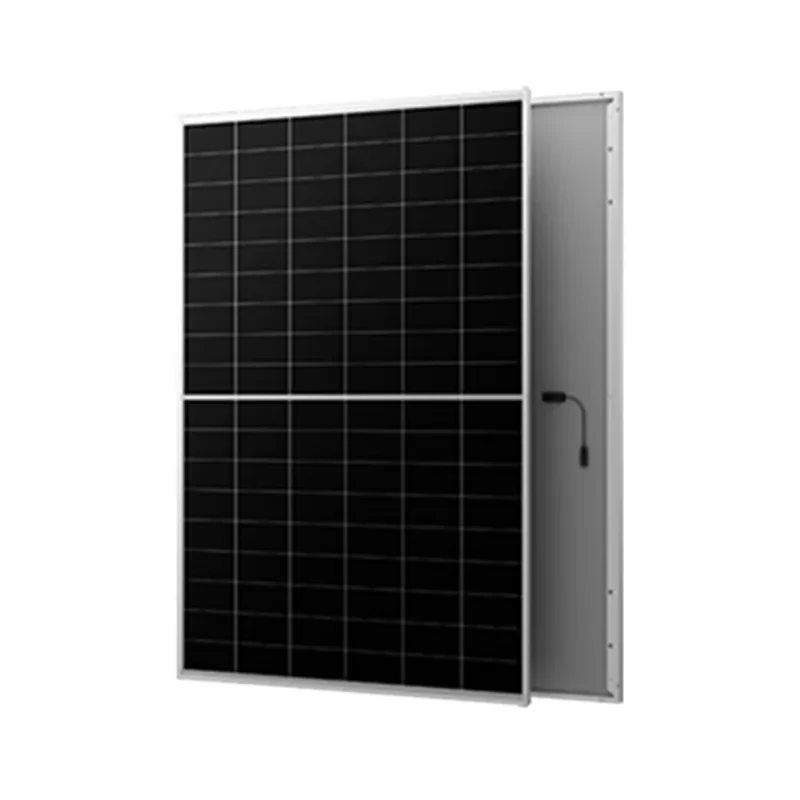Comparing String Inverters and Micro Inverters for Solar Energy Systems
Solar String Inverter vs. Micro Inverter A Comprehensive Comparison
The growing demand for solar energy solutions has led to the emergence of various technologies designed to optimize energy production. Among the most popular options are solar string inverters and micro inverters. Each type has its unique characteristics, advantages, and disadvantages. In this article, we will delve into the distinctions between solar string inverters and micro inverters, helping you make an informed decision for your solar energy system.
What is a Solar String Inverter?
A solar string inverter is a centralized inverter that connects multiple solar panels in a series, or string. This type of inverter converts the direct current (DC) generated by the solar panels into alternating current (AC), making it suitable for home use or connection to the power grid. Typically, a string inverter is installed in a single location, often on a wall or roof, and its performance is influenced by the weakest panel in the series.
Advantages of Solar String Inverters
1. Cost-Effective Solar string inverters are generally less expensive to purchase and install compared to micro inverters. This makes them a popular choice for consumers looking to minimize upfront costs.
2. Simplicity The installation process for string inverters is typically simpler, as fewer components need to be deployed. This can lead to quicker installation times and lower labor costs.
3. Proven Technology String inverters have been on the market for years, which means they have a track record of reliability and performance. Many manufacturers offer comprehensive warranties and support.
4. Space Efficiency Since a string inverter serves multiple panels, it occupies less space compared to installing separate micro inverters for each solar panel.
Disadvantages of Solar String Inverters
1. Vulnerability to Shading The biggest drawback of string inverters is that the performance of an entire string can be adversely affected by shading on just one panel. This means that if one panel experiences reduced sunlight due to trees or buildings, the entire string's energy output can suffer.
2. Limited Monitoring String inverters typically offer less granular monitoring capabilities compared to micro inverters. Users may find it challenging to identify issues with individual panels without additional equipment.
solar string inverter vs micro inverter

What is a Micro Inverter?
Micro inverters are small devices mounted directly on each solar panel. Unlike string inverters, micro inverters convert DC to AC at the panel level, allowing each solar panel to operate independently. This technology maximizes energy production by ensuring that each panel functions optimally, even if some panels are shaded or malfunctioning.
Advantages of Micro Inverters
1. Maximized Efficiency Micro inverters optimize energy production by ensuring that each panel operates at its full potential. Shading on one panel does not significantly impact the performance of the others.
2. Advanced Monitoring Micro inverters often come with excellent monitoring capabilities, allowing users to track the production of each individual panel. This can be incredibly beneficial for identifying problems early and performing targeted maintenance.
3. Flexible Installation Since micro inverters are mounted on individual panels, they offer greater flexibility in installation. This is particularly advantageous for irregularly shaped roofs or installations with varying angles.
4. Increased Safety Micro inverters operate at lower DC voltage levels, making them generally safer compared to string inverters.
Disadvantages of Micro Inverters
1. Higher Initial Costs Micro inverters are typically more expensive than string inverters, both in terms of equipment and installation. This higher cost can be a barrier for some homeowners.
2. More Complex Installation While micro inverters offer installation flexibility, the process itself is more complex and can lead to longer installation times.
Conclusion
Choosing between a solar string inverter and a micro inverter depends on various factors, including your budget, the layout of your roof, and your energy needs. If cost-effectiveness and simplicity are priorities, a solar string inverter may be suitable. However, if you are looking for maximum efficiency and advanced monitoring capabilities, micro inverters could be the way to go. Ultimately, understanding these differences will guide you toward a solar energy solution that best meets your requirements.
-
String Solar Inverter: The High-Efficiency Solution for Smart Solar EnergyNewsJul.14,2025
-
Revolutionizing Rooftop Energy with the Power of the Micro Solar InverterNewsJul.14,2025
-
Power Independence with Smart Off Grid Solar Inverter SolutionsNewsJul.14,2025
-
On Grid Solar Inverter: Powering the Future with Smart Grid IntegrationNewsJul.14,2025
-
Monocrystalline Solar Panels: High-Efficiency Power for the Future of Clean EnergyNewsJul.14,2025
-
Bifacial Solar Panel: A Smarter Investment for Next-Generation Energy SystemsNewsJul.14,2025







